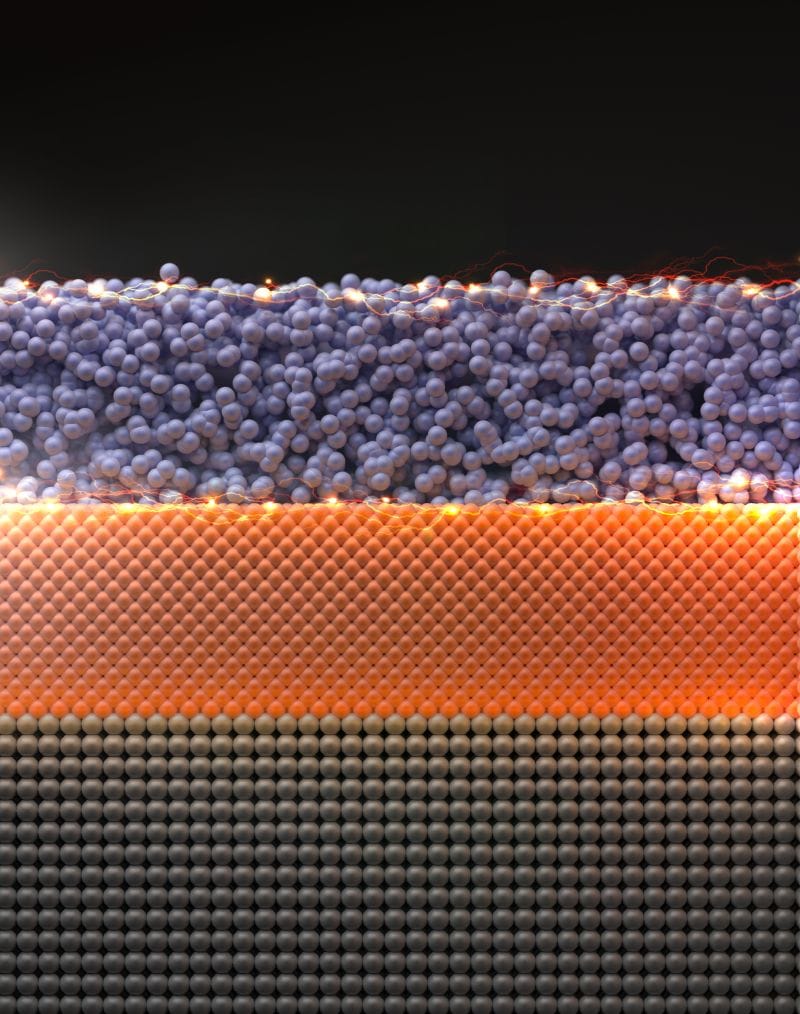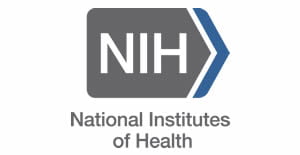RSS Feed Source: Academic Keys
Job Description
Multiple openings are available for fully funded Ph.D. students at the Department of Mechanical Engineering at the University of Kansas (KU) for the Fall 2025 and Spring 2026. Candidates with strong interests in leveraging artificial intelligence and scientific machine learning to advance data-driven design and computational mechanics for the innovation of material-structure systems are encouraged to apply. Candidates with experience in topology optimization, reduced-order models, finite element analysis, continuum mechanics, fracture mechanics, dynamics analysis, microstructure reconstruction, uncertainty quantification, and scientific machine learning are especially desirable for the positions.
Qualifications
B.S. degree in mechanical engineering, engineering mechanics, civil engineering, aerospace engineering, or related fields (M.S. degree is preferred). Experience in using CAE software, e.g., Abaqus, Ansys, Nastran, and/or Altair. Experience in developing computational mechanics and/or machine learning codes. Proficiency in programming languages: MATLAB, Python, JAX, and/or C++. Publication record in international journals
Click this link to continue reading the article on the source website.



